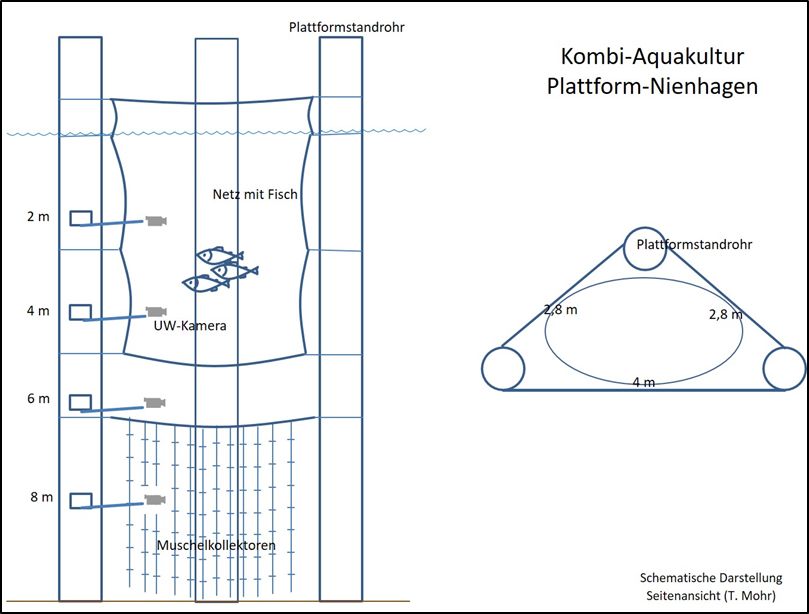The use of marine resources is already taking place in an intensive form in the context of the generation of energy as well as the production of marine biomass in aquaculture facilities. Marine energy production is clearly focused on offshore wind power, which is already widely used as an established technology and represents an important and long-term substitute for fossil fuels as a renewable energy source.
Marine aquaculture can make important contributions to food supply, especially in the context of a steadily growing world population. As with all marine technologies, aquaculture poses a number of scientific challenges, especially with regard to the short- and long-term ecological impacts caused by the interaction between the environment and human-induced intervention. The example of aquaculture quickly shows how comprehensively sustainable use must be considered and analyzed in the interaction of technology, economy and ecology. Aquaculture facilities are operated in open systems with economically relevant fish species, shellfish or algae, either individually or in integrated systems. In addition to food production, these organisms are cultured for the production of food supplements and fertilizers, for energy production (biofuel), and for the production of medically and pharmaceutically active substances. Currently, there are strong efforts worldwide to use these plants in offshore areas further away from the coast.
Already, about half of the fish and shellfish, etc. produced worldwide come from existing aquaculture facilities, most of which are located near the coast. The growth from the establishment of offshore aquaculture facilities is estimated to be 100 times of the current production. These figures impressively demonstrate the potential of offshore aquaculture to solve the world's food problem.
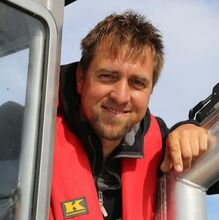
Dr. Daniel Stepputtis
Thünen-Institut für Ostseefischerei (TI)
Alter Hafen Süd 2
18069 Rostock
+49 381 66099 136
contact by e-mail
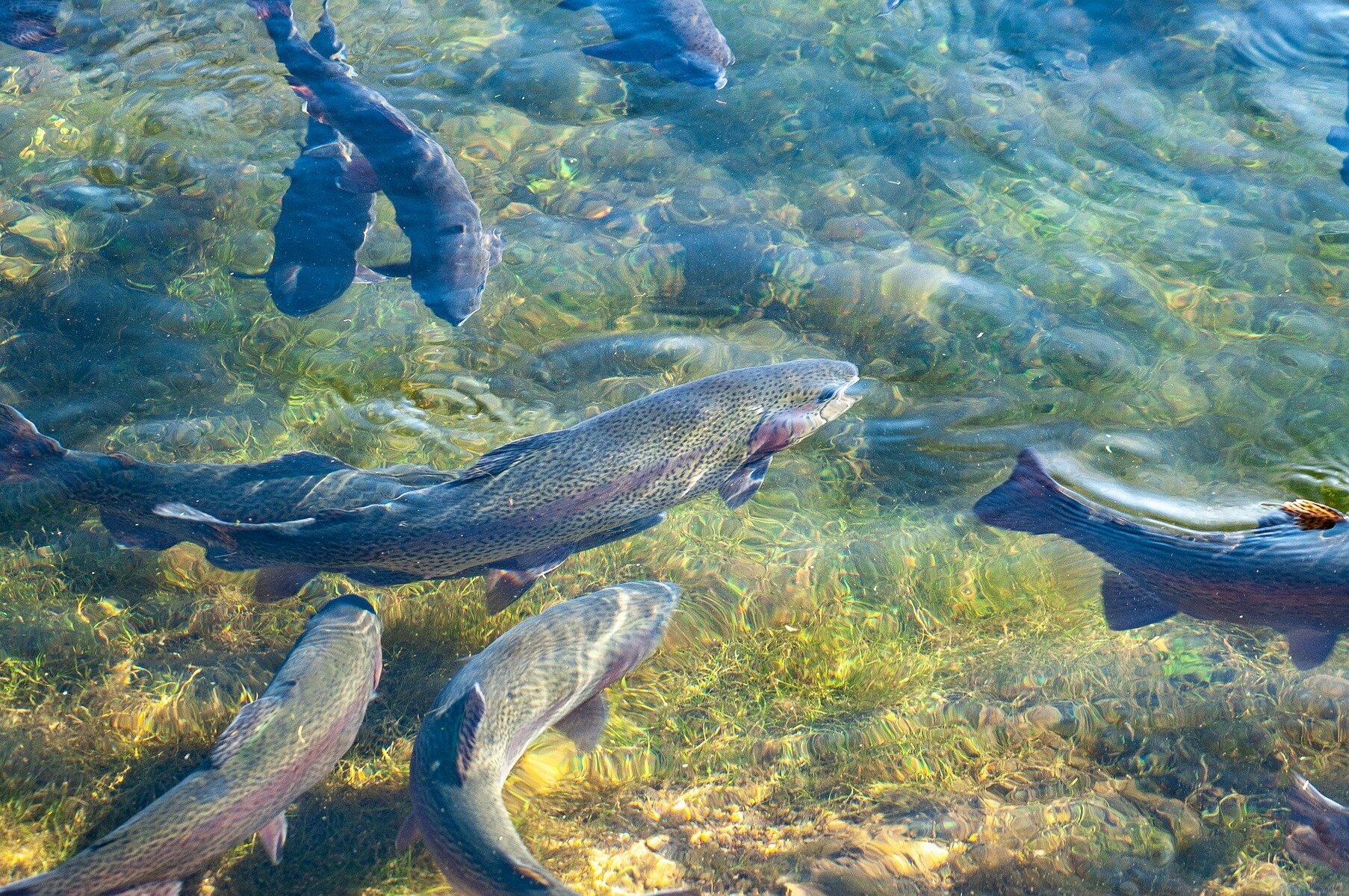
As nearshore areas are increasingly utilized to capacity, future turbines will largely be deployed offshore and thus under much more demanding environmental conditions. These new areas of application represent an enormous challenge for marine technology. Another key development driver for the industry is the increased use of mobile, autonomous systems. Autonomous, mobile near- and offshore aquaculture systems, which are constantly on the move and have a higher resilience than previously used systems due to the keeping of different species, may represent the aquaculture system of the future. The necessary technology developments will be prepared by the initial projects OTC-smartFishing and OTC-mariculture during the first funding phase.
The project will pursue the development of a robust underwater camera system with AI-assisted image recognition for marine organism detection and classification. The solution will initially be prototyped, with the medium-term goal of integrating such a system into commercial fishing trawls. This integration opens up fundamentally new possibilities for fisheries research and fisheries. For example, intelligent AI-based classification can be used to specifically avoid unwanted bycatch, to record the fish stock in terms of size, species and health status for fisheries research, and to deepen the understanding of ecosystems and fishing grounds, through spatially and temporally high-resolution data acquisition directly in the net. The development of a rule base for the general recognition of fish species by AI also creates the possibility for the learning of additional species in other sea areas.
The technical solution described is not currently commercially available. However, there is a clear technological need for several projects and schemes within the Future Cluster. Such a development would clearly demonstrate the capability and also the technological leadership of the cluster in this segment due to its high relevance for scientific and commercial users.

Dr. Daniel Stepputtis
Projektleitung, Thünen-Institut für Ostseefischerei (TI)
+ 49 381 66099 136
contact by e-mail
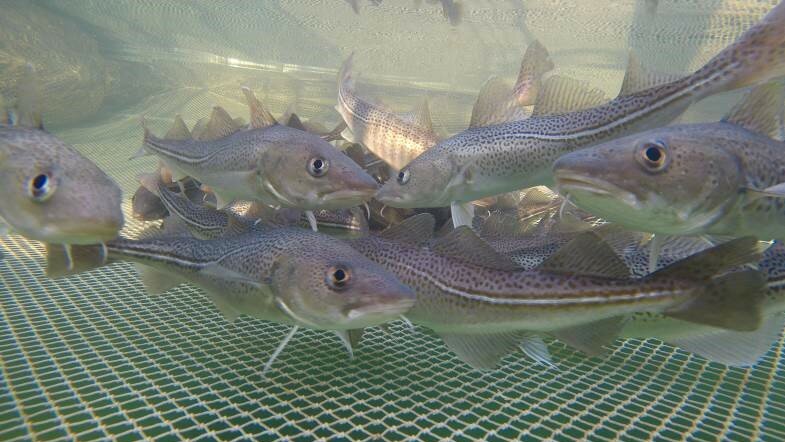
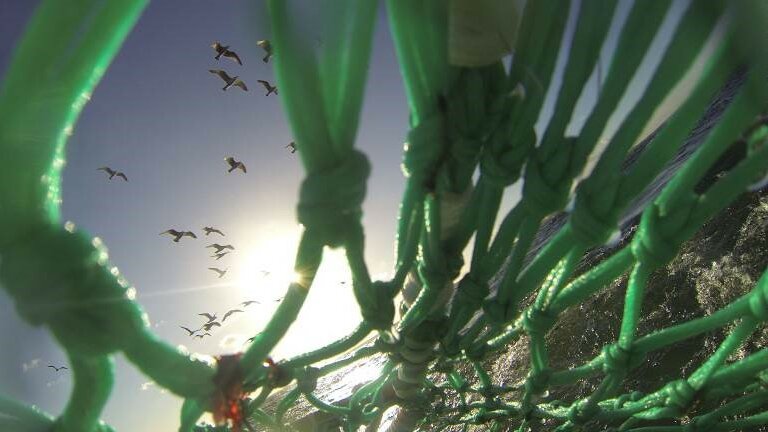
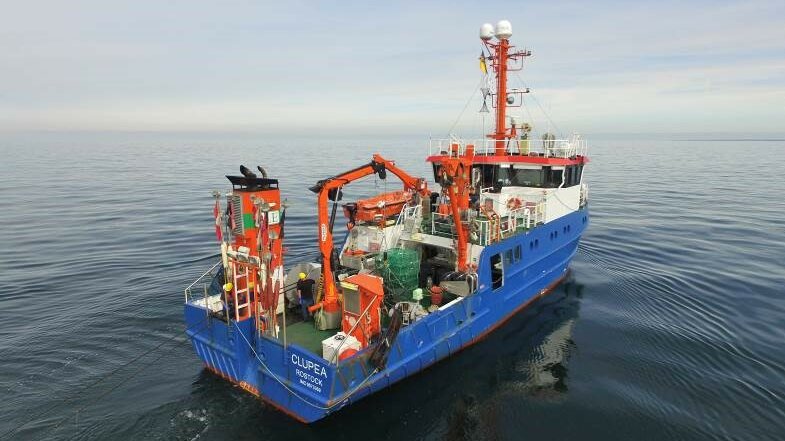
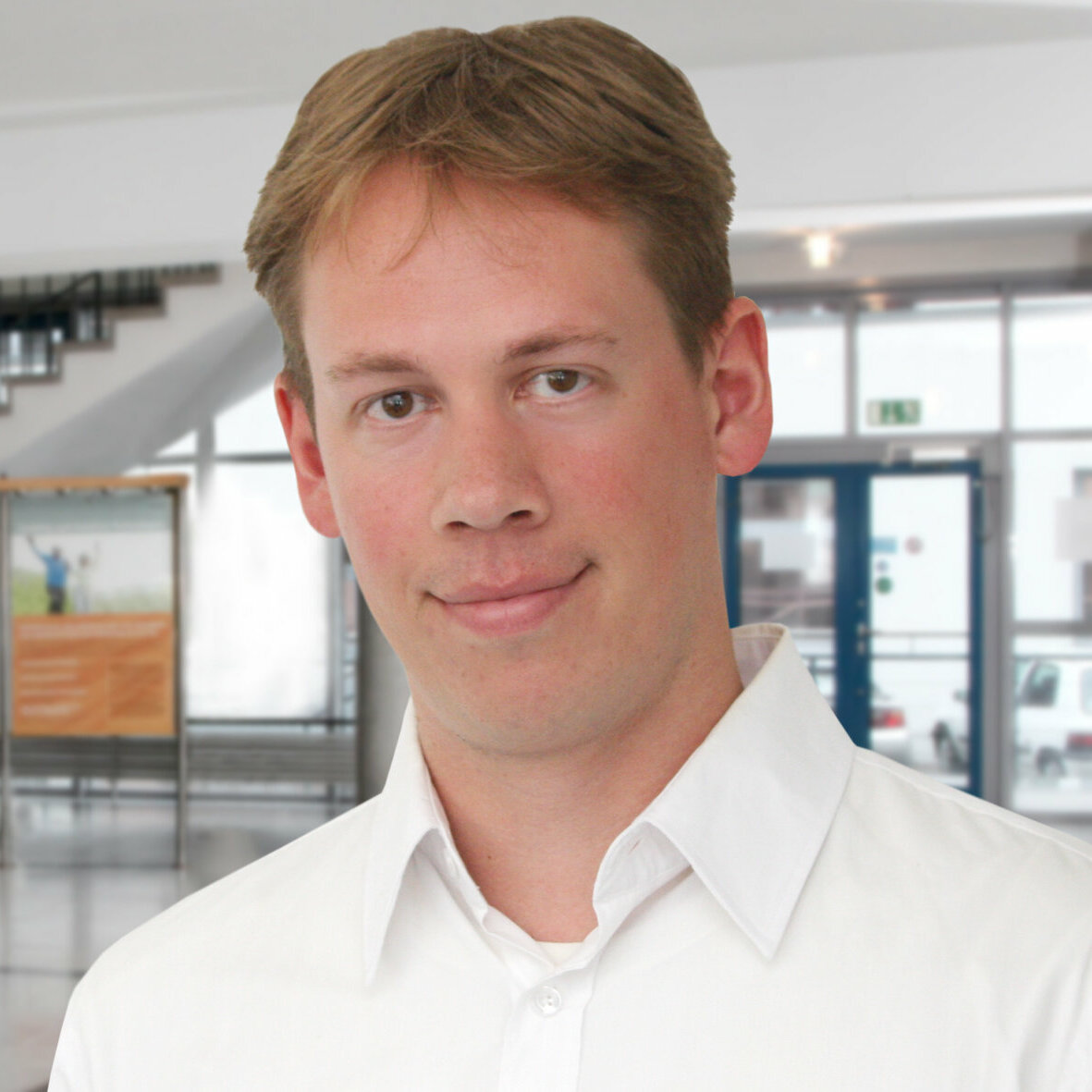
Dr.-Ing.
Tim Dolereit
Projektkoordinator
Fraunhofer IGD
Joachim-Jungius-Str. 11
18059 Rostock
+49 381 4024 171
contact by e-mail
The project aims to address three main issues that currently still significantly limit the spread of mariculture facilities in Europe and especially in Germany:
Based on comprehensive sensor technology and the concept of the digital twin for the aquaculture facility including its spatial environment, these aspects will be addressed via the project. In addition, microbiome studies will be used to evaluate aspects of fish health and to draw comparisons between fish in aquaculture and fish outside the net cage. The work is limited to the aspects of sensor technology and analytics, data evaluation and data-driven automation in the operation of the system. The construction of a new mariculture facility is not required, as access to an existing facility in the Baltic Sea west of Rostock is available through the project partner LFA MV.
The project addresses biogenic value creation from the sea and thus primarily the future field of "Sustainable Ocean Use". In addition, there are overlaps with the innovation fields "Digital Mission", "Ocean Lense" and "Subsea Mobility & Autonomy".
